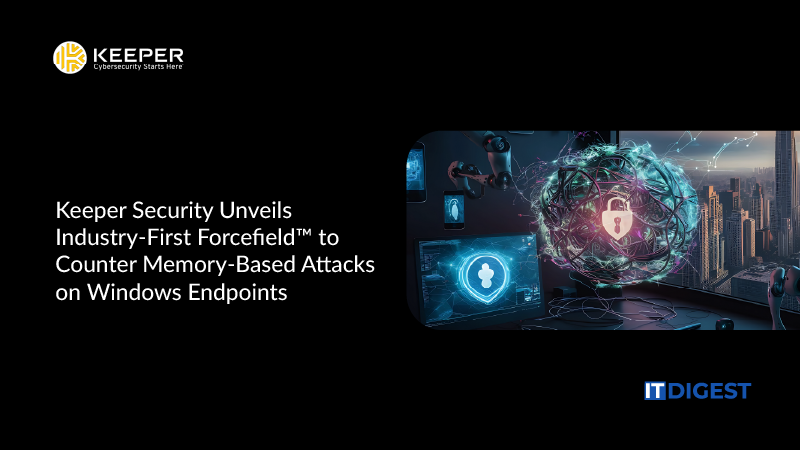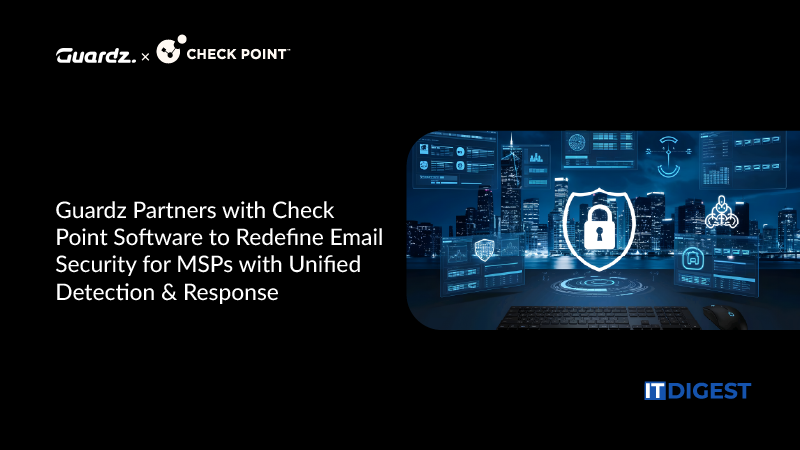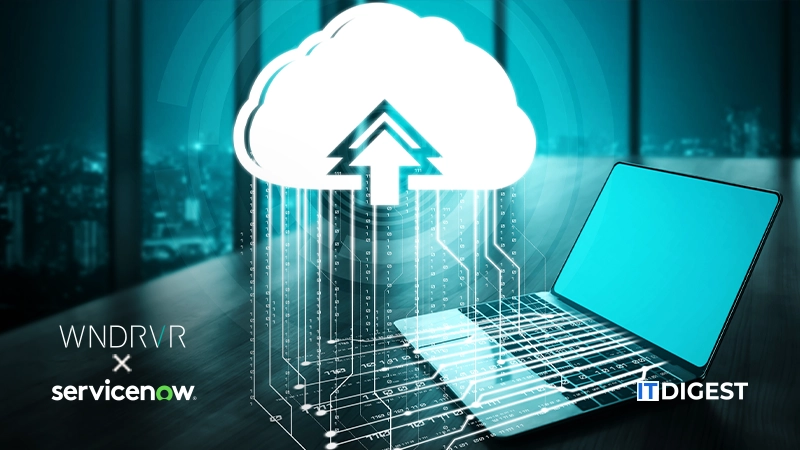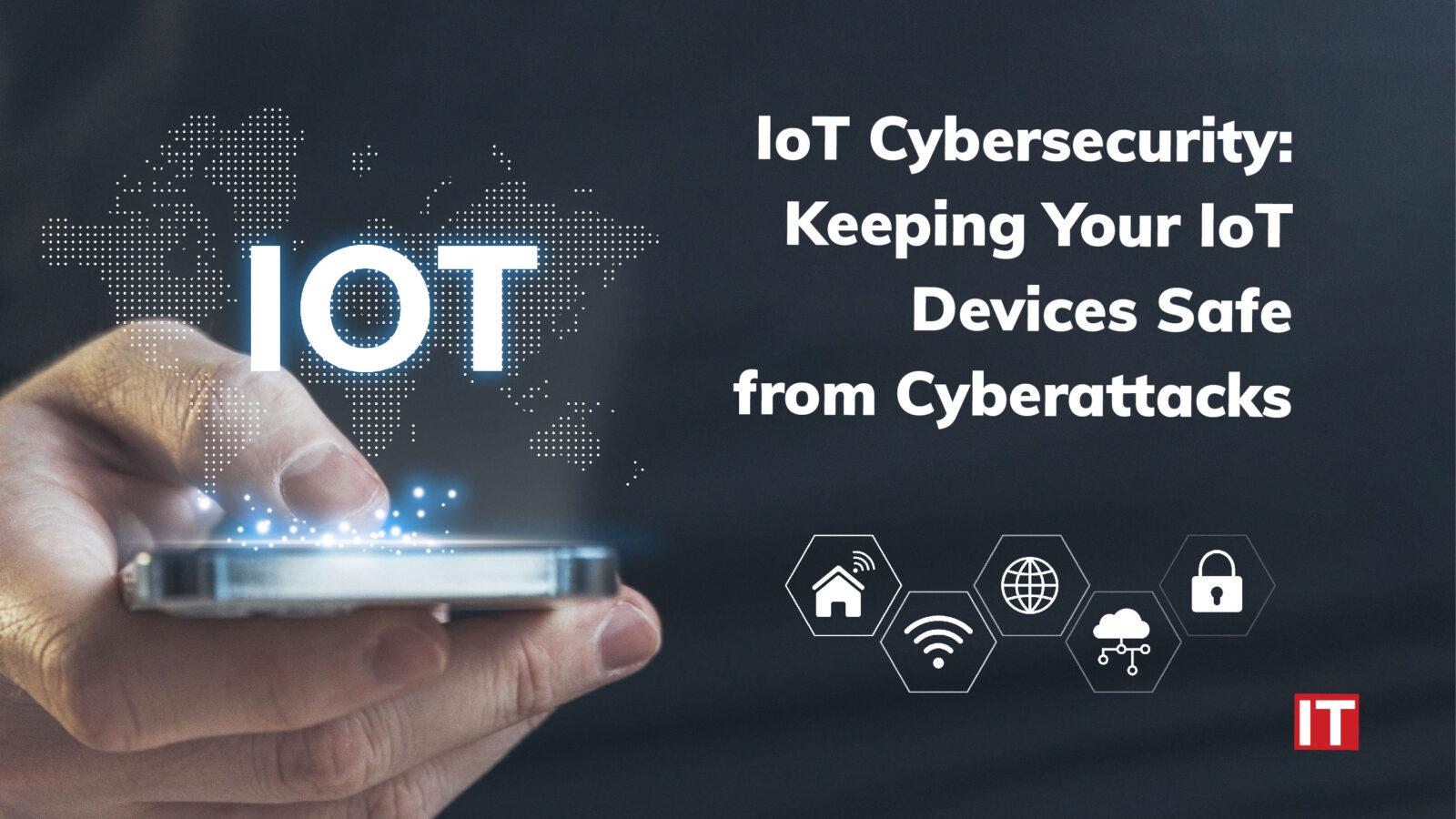As we all know, the rising popularity of the Internet of Things (IoT) has also amplified the significance of IoT cybersecurity. IoT encompasses a network of interconnected devices, vehicles, and appliances that can communicate with each other independently through the Internet. While this technology promises revolutionary advancements in various domains, including home automation and healthcare, it also exposes vulnerabilities in a system to cyberattacks. To safeguard against potential threats like data breaches and system disruptions, it becomes imperative to prioritize the security of IoT devices and systems.
What is IoT Cybersecurity?
IoT cybersecurity encompasses a set of actions and protocols aimed at safeguarding Internet of Things (IoT) devices, systems, and networks from potential cybersecurity risks and threats. These protective measures encompass diverse security strategies, such as access control, encryption, and data protection, which work collectively to prevent unauthorized access, data breaches, and other cybersecurity vulnerabilities. Furthermore, IoT cybersecurity emphasizes the establishment and adherence to industry-standard security guidelines, protocols, and best practices to ensure the utmost protection for IoT networks and devices.
Why Do You Need Cybersecurity for IoT Devices?
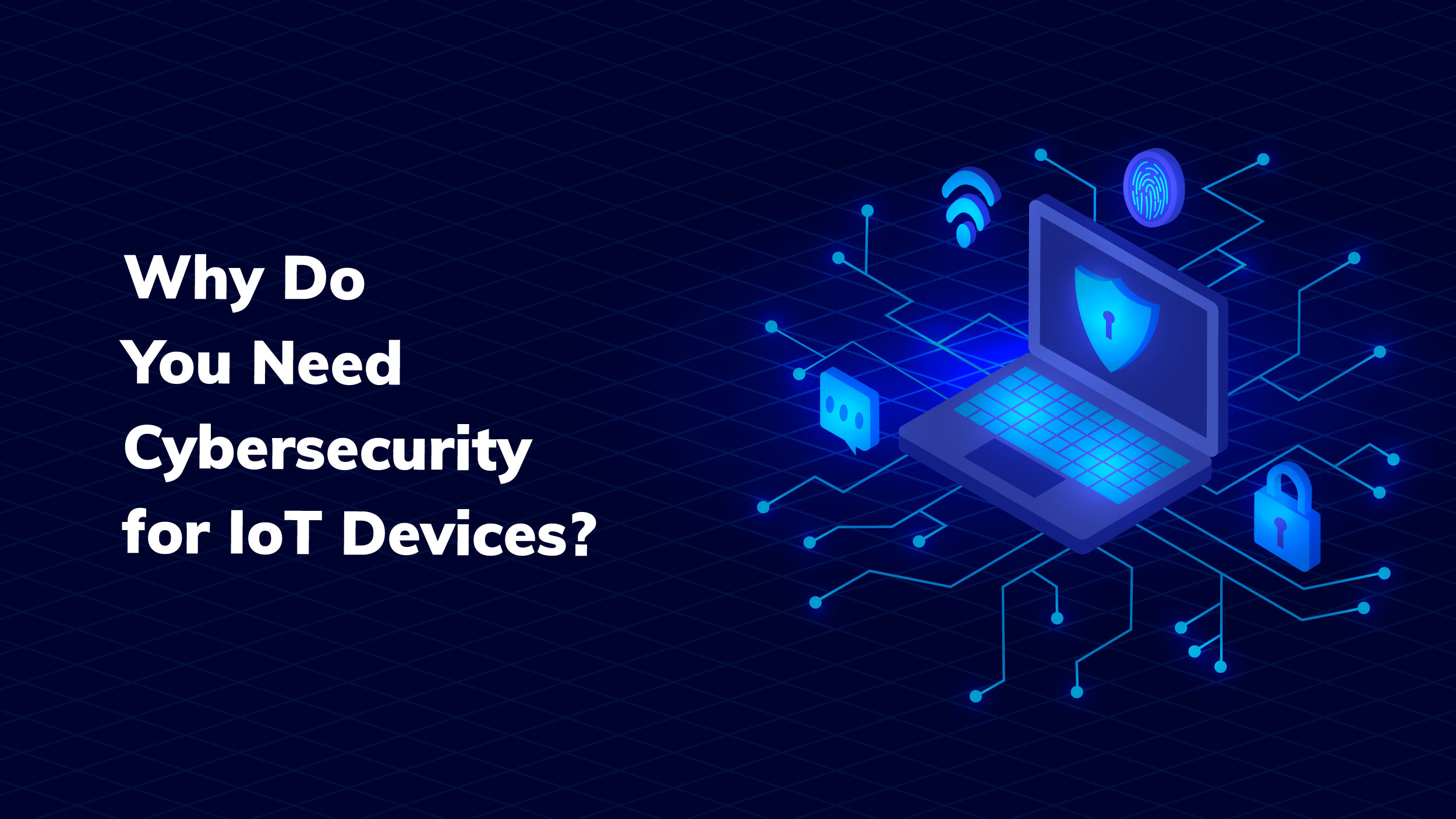 The Internet of Things (IoT) connects objects and devices to the Internet for seamless data accumulation and transmission, but it also exposes them to cyberattacks. With IoT transforming industries, cybersecurity is now more critical and challenging. The Unit 42 IoT threat report reveals that 98% of IoT device traffic is unencrypted, risking personal data exposure. Moreover, 57% of devices are at risk of medium or high-severity attacks, with 41% of these exploits targeting vulnerabilities. The IoT’s lack of security creates a direct gateway to personal and professional networks, making sensitive information vulnerable to hackers. Protecting IoT with cybersecurity is crucial to prevent network disruptions and unauthorized access.
The Internet of Things (IoT) connects objects and devices to the Internet for seamless data accumulation and transmission, but it also exposes them to cyberattacks. With IoT transforming industries, cybersecurity is now more critical and challenging. The Unit 42 IoT threat report reveals that 98% of IoT device traffic is unencrypted, risking personal data exposure. Moreover, 57% of devices are at risk of medium or high-severity attacks, with 41% of these exploits targeting vulnerabilities. The IoT’s lack of security creates a direct gateway to personal and professional networks, making sensitive information vulnerable to hackers. Protecting IoT with cybersecurity is crucial to prevent network disruptions and unauthorized access.
Simply put, everything is connected to everything else around the world of IoT and cybersecurity, from your text message to your website hosting. Therefore, you must not undervalue the significance of cybersecurity for IoT, regardless of your line of work. IoT cybersecurity solutions are pivotal for all companies, not just market leaders like Amazon, Google, and Microsoft. A cyber threat can effectively kill a business before it even gets off the ground.
Over 4,000 cyberattacks per day occurred during the COVID-19 outbreak, with researchers estimating that the typical household hits 104 threats per month.
Therefore, even if you haven’t been the victim of a cyberattack, take action right away to strengthen your IoT data privacy. Let’s talk about the most prevalent IoT cybersecurity vulnerabilities now that we understand the significance of IoT and cybersecurity.
IoT Cybersecurity Vulnerability Puzzle
There are several cybersecurity issues with IoT that you need to watch out for. The more you know about them, the simpler it will be to scale up your cybersecurity precautions. Let’s examine it more closely:
● Fragile passwords
A security risk exists whenever a password is weak. Make sure an IoT device is secured and has a strong password before connecting it to a network.
● At-risk networks
Installing and maintaining firewalls, filtering and getting rid of spam emails, using a VPN, encrypting files, and relying on enhanced endpoint detection are all ways to secure networks.
● Exposed ecosystem connections
Always check to see if your online and mobile interfaces are safe, as well as your backend APIs and wider external ecosystem.
● Vulnerable or obsolete components
Eliminate redundant dependencies, extraneous features, files, dated parts, and documentation. A big part of enhancing cybersecurity measures and reducing your attack surface is updating software.
● Weak data transfer & storage
If it’s not absolutely required, never store or transfer data. Always encrypt your data, and use the least privileged access model to provide your staff only those rights that they require to complete their jobs.
Top IoT Cybersecurity Tools to Keep Hackers at Bay
Data that passes through and is stored by IoT devices frequently contain sensitive or private information that needs to be protected.
To keep track of all IoT technologies, there are numerous systems referred to as IoT security tools. These devices must be tracked, alerted to, and secured against cyber threats.
These devices typically upload data to the cloud. In order to ensure that the data transfer and connection are secure, IoT security technologies watch over this data transfer. Below is a list of the top IoT cybersecurity tools in 2023.
1. AWS IoT Device Defender
A user-friendly audit capable of scanning an entire group of AWS IoT devices to identify any gaps within your IoT network.
Key features:
- Automated security evaluations
- Send alarms to your preferred AWS interface
- Determine and assess attack vectors
- Examine past device behavior for oddities
- Easy security issues mitigation
2. Palo Alto Network
The first comprehensive IoT security solution in the market, Palo Alto Network uses machine learning to find any anomalies.
Key features:
- Zero Trust security automation
- Comprehensive risk analysis
- Best-in-class defense
- Network segmentation
3. Azure Sphere
IoT devices are secured by the Azure Sphere IoT Security Tool, a high-level application platform.
Key features:
- Root of trust built on hardware
- Vigilant defense
- Small yet reliable computer base
- Vibrant compartments
- Login without a password
Defence Measures for Your IoT Devices and Systems
 Here are a few of the IoT cybersecurity measures that enterprises can use to fortify their data protection protocols.
Here are a few of the IoT cybersecurity measures that enterprises can use to fortify their data protection protocols.
1. Introduce IoT security during the design phase
For consumer, business, and industrial IoT devices, careful planning during the research and development stage is vital to address IoT security challenges. The use of current operating systems, secure hardware, and default security settings are essential. At all stages of the development process, developers must be on the lookout for cybersecurity flaws, such as practical safeguards like enclosing the FOB in a metal box to guard against vehicle key hacks.
2. PKI and digital certificates
Using a two-key asymmetric cryptosystem and digital certificates to encrypt private messages, PKI protects client-server relationships. It also safeguards user input for confidential transactions, which is crucial for e-commerce activities.
3. Network security
When it comes to IoT cybersecurity, network security is essential for preventing remote threat actor control. Measures like port security, deactivating port forwarding, utilizing antimalware, firewalls, intrusion prevention/detection systems, blocking unauthorized IP addresses, and keeping systems patched and up to date can be used to handle both digital and physical access points.
4. API security
For novel websites, APIs are necessary since they allow for data aggregation. Hackers, though, might be able to compromise them. API security is vital for addressing IoT data privacy from devices to back-end systems and permitting only authorized devices, developers, and apps. A “leaky API” allowed the personal information of over 2 million T-Mobile users to be exposed in the 2018 T-Mobile data breach, demonstrating the negative effects of poor API security.
Final Thoughts
While organizations might not be able to completely prevent cyberattacks from happening, they can implement proactive practices that lessen risks to important systems and data such as IoT cybersecurity measures. Blockchain and other cutting-edge technologies, for instance, can be used for IoT device protection. Devices in a shared group would send out alerts if asked to carry out odd tasks, which would limit an attacker’s options through a single point of access.
Organizations that have adopted this technology have enormous challenges related to IoT data privacy and cybersecurity, so security must be prioritized above all else. When IoT security is tightened, businesses can return to their core goals of process optimization, service quality improvement, cost reduction, and improved customer experience.







